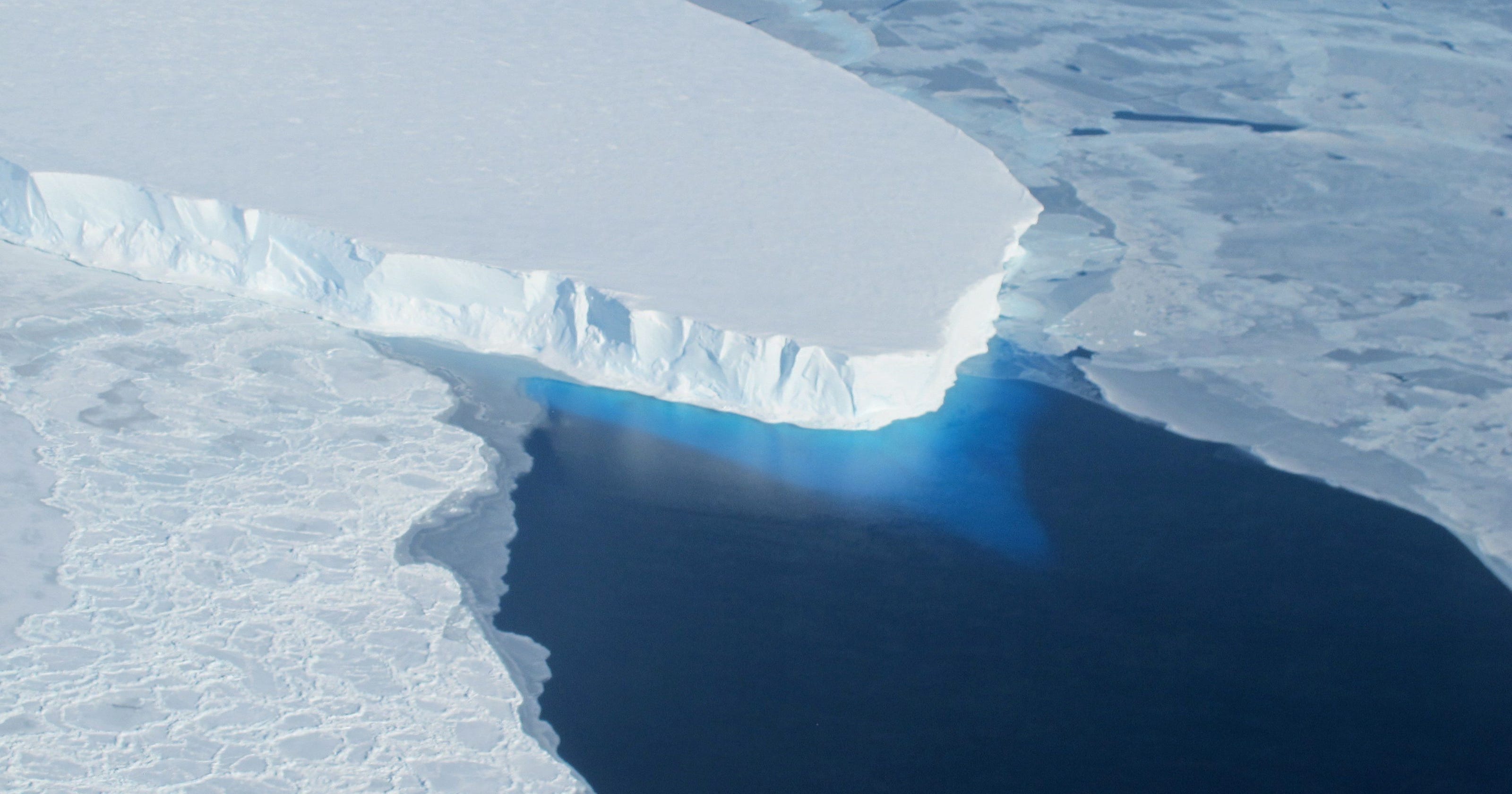Antarctic ice contribution to climate change is uncertain and may not be as presumed previously. This was the conclusion from a study conducted by a team of researchers at the Massachusetts Institute of Technology (MIT).
Scientists previously reported that the ice shelf in Antarctica plays a significant role in flooding, but recent research proves otherwise.
It was believed that the Antarctic ice shelf breaks apart in hours into the floating ice shelves, contributing to flooding but MIT researchers reveal that the ice takes seven days to break away.
Antarctic ice effect on climate change
Antarctic ice sheet occupies an area equivalent to the area of North America supported by ice shelves around its boundaries.
The researchers hold the view that ice cliffs in Antarctica can support their weight and thus don’t collapse catastrophically.
Earlier before the study by the MIT researchers, it was predicted that ice cliff collapse results in a 6ft rise in sea-level, which contributes to flooding in coastal cities.
However, the breaking of ice cliff within hours to result in the catastrophic effect has not been observed. A member of the research team, Fiona Clerc, explained that ice shelves would be impossible to break away in such manner considering their size and weight.
Instead, as the cliffs break away into bits in hours, it won’t have the momentum to collapse, resulting in the presumed rise in sea level.
Antarctic ice cliff of about 90m would collapse
Supporting the comments of Fiona, the assistant professor in MIT’s Department of Earth, Atmospheric and Planetary Sciences, explained that the Antarctic ice cliff of about 90m would collapse before it can result in the assumed sea-level rise.
We’re saying that scenario, based on cliff failure, is probably not going to play out.
Nevertheless, it doesn’t call for the public to relax on the possibilities of the Antarctic contributing to climate change, said Brent.
The study by the MIT researchers concluded that the Antarctic ice cliff is unlikely to collapse as presumed. This conclusion is supported by an up-to-date record that mentioned that ice cliffs take weeks and not hours to break away.
Using the collapse Larsen B ice shelf as an example, the researchers explained that it took two weeks for the chunk of ice to break away from Antarctica, and it isn’t up to the size of an ice cliff that will generate concerns.







